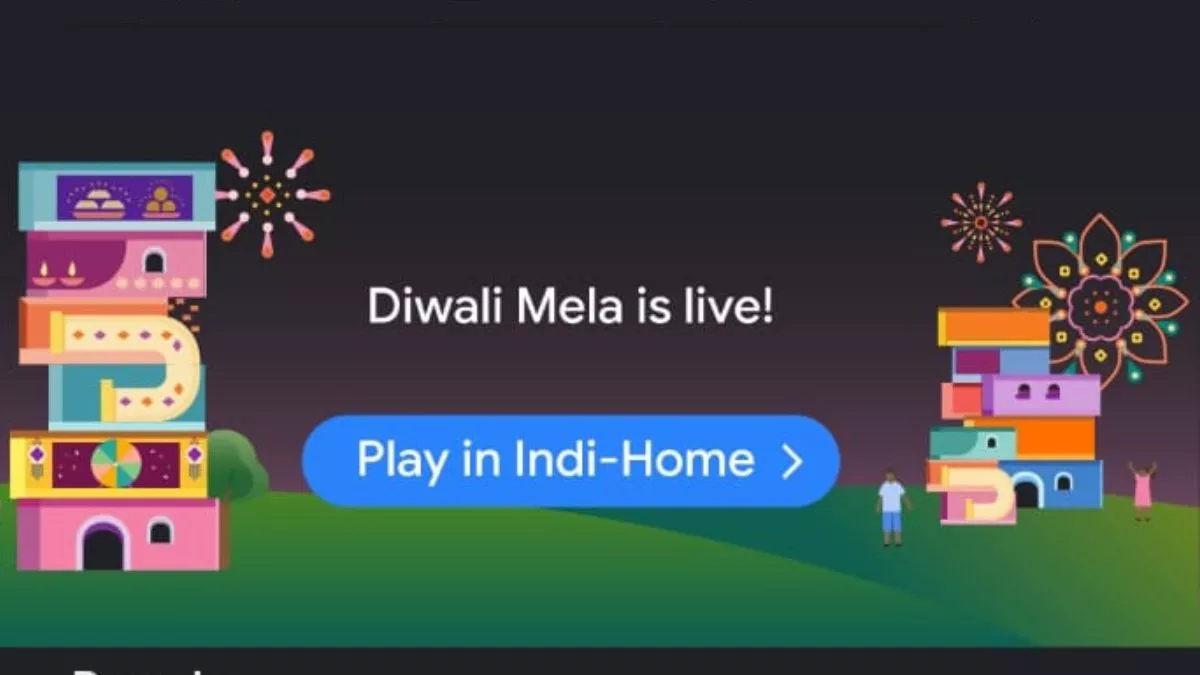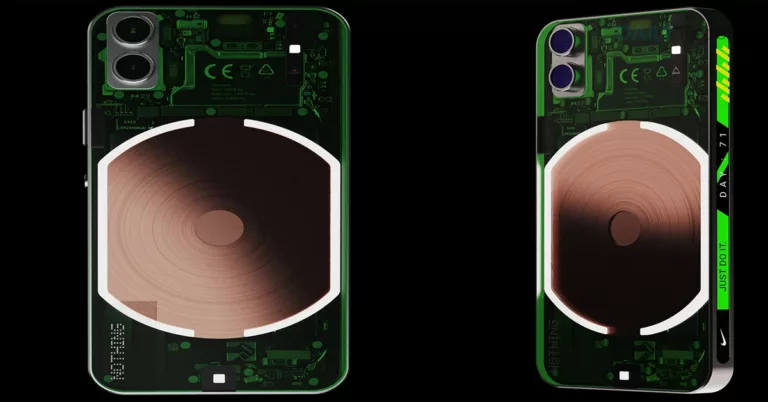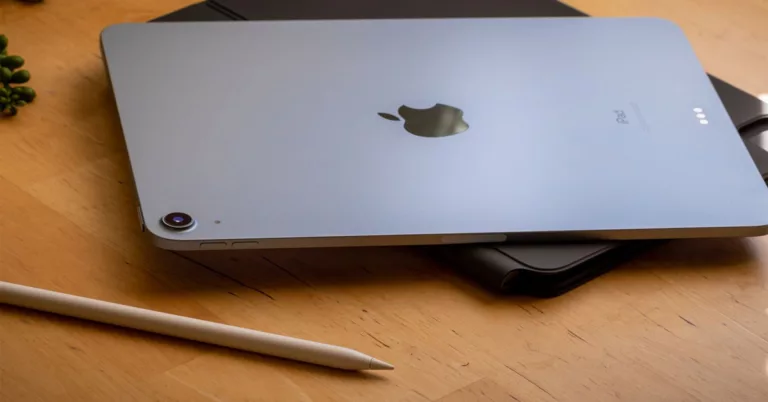Google Pay Build Tallest Diwali Mela Contest: cashback worth Rs 200
Google Pay Build Tallest Diwali Mela Contest arrives a few days before the Indian festival Diwali. The contest is open to all Indian Google Pay users and merchants. With this contest, Google Pay users can get assured cashback every week by completing some quick tasks on the app. The Google Pay Build Tallest Diwali Mela Contest is live on the Google Pay app and is running from October 17th, 2022, and will conclude until October 27th, 2022.
The Google Pay Build Tallest Diwali Mela is really simple and doesn’t involve any sort of question-and-answer like the usual Amazon quizzes. Moreover, users will be given multiple chances to increase their wall size, and each team must complete the wall faster than their peers to win the cashback. The cashback will be available on the app itself, and users can move the cashback to their bank accounts using their mobile devices.
Google Pay Build Tallest Diwali Mela Contest: how to play?
- Step 1: Download the Google Pay app.
- Step 2: Compete against other players.
- Step 3: Build the biggest Diwali Mela wall.
- Step 4: Play until the contest ends.
- Step 5: All the winners will receive cashback worth Rs 200
Google Pay Build Tallest Diwali Mela Contest: win cashback worth Rs 200
The Google Contest can be played in two ways. The first is going solo and creating a wall on your own. Each user can create their individual wall for every round they participate in, and winners will be selected based on whose wall becomes the tallest among the participants. The second method to play the contest is using a team of Google Pay users. The second method automatically increases the chances of winning as each team can participate in building multiple floors and create the overall structure of the house better.
By completing each round, all the winners in a particular team will earn rewards based on their rankings against other teams. Since the second method requires the participants to work in a team, the rewards will be distributed among all the team members. In order to participate in the contest as a team, all the members must update the Google Pay app to the latest version via Google Pay or App Store. As for prizes, the winners can walk home with cashback, exclusive vouchers, and more
Google Pay Build Tallest Diwali Mela Contest: how to participate?
- Download the Google Pay payment app via Google Play Store and Apple App Store.
- Once downloaded, open the app and sign in to your UPI ID.
- Afterward, go to the Google Pay Build Tallest Diwali Mela banner and click on it.
- Go to the contest dashboard and start building the wall.
- Each user can build their respective walls using the Build Welcome Offer Button.
- Complete all the floor to increase your chances of winning.
- Invite your friends and family members to complete the wall.
- The last date to create the tallest Diwali Mela is by October 17, 2022.
- The selected team will win a cashback of Rs 200.
- Now Build the Tallest Diwali Mela by October 17, 2022, and the top 5 lakhs team with the Highest Floor will win up to Rs 200 Cashback.
Google Pay Build Tallest Diwali Mela Contest: terms and conditions
- Google Pay Build Tallest Diwali Mela Contest is only available for users living in India.
- The contest can only be played by Google Pay app users and is unavailable via the internet browser.
- The contest is being held from October 17th, 2022, and will run until October 27th, 2022.
- The participant needs to complete the in-game tasks to win the prizes.
- The cashback reward will be given to the top 5 lakhs teams.
- The contest can be played by single individuals and a group of Google Pay users as well.
- In order to create a team, a total of 4 Google Pay are required to join a group.
- People who use the same phone number can’t join the same team together.







